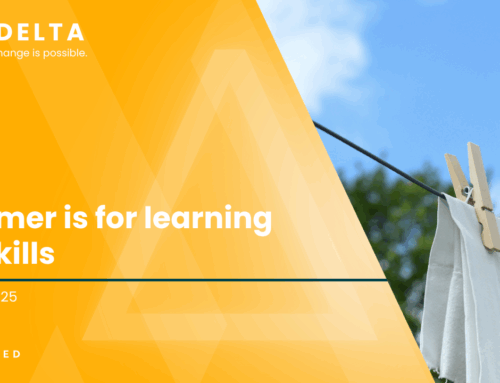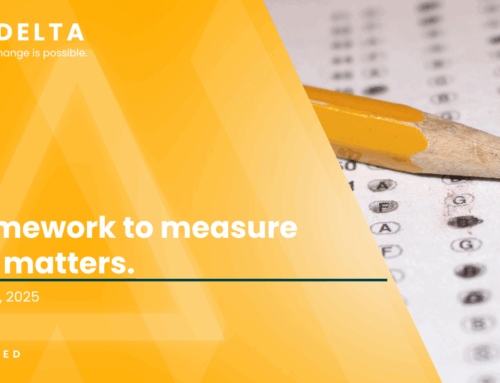The Delta Issue #30
Want to improve student outcome? Start early.
Hi y’all, Jessica Baghian here. We’re back with the next part of The Louisiana Story. In the wake of the 2024 NAEP results, the education world is buzzing about Louisiana’s progress, especially in literacy, where the state outperformed national trends. Last week, we talked about how Louisiana used what we call “levers” — the influencing mechanisms states have at their disposal to change what kids experience in the classroom — to improve K-8 education.
(If you missed it, catch up on Part 1 here and Part 2 here.)
Whenever we talk about NAEP scores, most of the attention focuses on changes at the K-12 level. And it’s true that much of Louisiana’s success is owed to big changes state leaders made in K-12, but an overlooked piece of the story is how Louisiana also transformed the early learning experiences for kids ages birth to five. Research shows 90% of brain development happens before age five, yet most states still don’t have a coherent system for early childhood education (ECE).
We’ve written before about why it’s a problem that most states don’t have a unified ECE office and instead have siloed offices to manage preschool and childcare separately. It means there’s no one at the state level clearly in charge of overseeing the care and education experiences kids have on their way to kindergarten, during the most critical years of brain development. And unlike K-12, where superintendents are responsible for managing schools at the district level, early childhood doesn’t have an equivalent role to lead and coordinate efforts locally. ECE is managed primarily by individual providers in a variety of settings that include public and private schools, Head Start and child care centers, and home-based providers.
In Louisiana, we brought the entire early care and education system under the state Department of Education and established local coordinators responsible for aligning providers and public funding in their areas — and that made it exponentially easier to improve quality across the state. That was a big lever for us, and it amplified the power of our other levers. Whether you unify the system or not, states have tools to improve early education, and the results can be powerful.
Vision
Any big change requires a clear vision. Transforming ECE is no different. In Louisiana, our vision was simple: Kids enter kindergarten ready to learn in school. Our team then built an aligned vision for every adult in the system:
- Families: Can easily enroll and choose the best option for their child(ren).
- Teachers: Are excellent at interacting with children and guiding learning.
- Local Coordinators: Develop and implement a local plan to increase access to quality care and education, aligned to state priorities.
- State: Defines statewide vision and strategy, leads implementation of that strategy, provides funding and support for implementation, and holds the field accountable for expected outcomes.
Levers
States have powerful tools to help bring their early childhood vision to life — we call these levers. In early childhood, these can include:
- Unification of the Early Childhood System
- Regulations & Guidance
- Funding
- Quality Rating and Improvement System (in K-12, this is what we call “Accountability and School Improvement”)
- Support & Training
- Communications
States can pull the levers that make it easier for local coordinators, providers, and families to ensure every child arrives in kindergarten ready to learn.
So how do you actually make that happen in your state? We’ve created a table you can copy and adapt to map out who needs to do what — and what levers you can pull to help make it happen in your state. On the X axis, we lay out the levers our team (state leaders) used in Louisiana to elicit a new behavior from each player (local coordinators, providers, and families) on the Y axis. The actions under each lever tell you what specific actions we took. To make this your own, ask yourself: In order to achieve your vision for students, who needs to do what? And what state levers can you use to elicit that action and provide the support they need to do it well?
This checklist is a roadmap based on the levers used in Louisiana when we were there — what helped align local coordinators, providers, and families behind a shared vision. It’s not a complete history of Louisiana’s early childhood policies, but it does offer a framework for states looking to take action.
Click the here for a downloadable version of the table below.



More to come in the next part of our series on The Louisiana Story. Special thanks to Nasha Patel for contributing to this newsletter.
Let’s Get Muddy
🔗 Resources & Further Reading:
- Catch up on Part 1 and Part 2 of this series
- Related Delta: What Red and Blue Governors Can Do About Early Childhood Education





